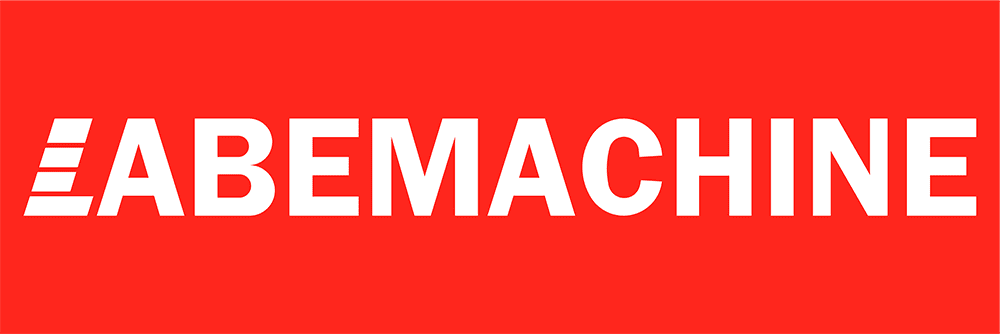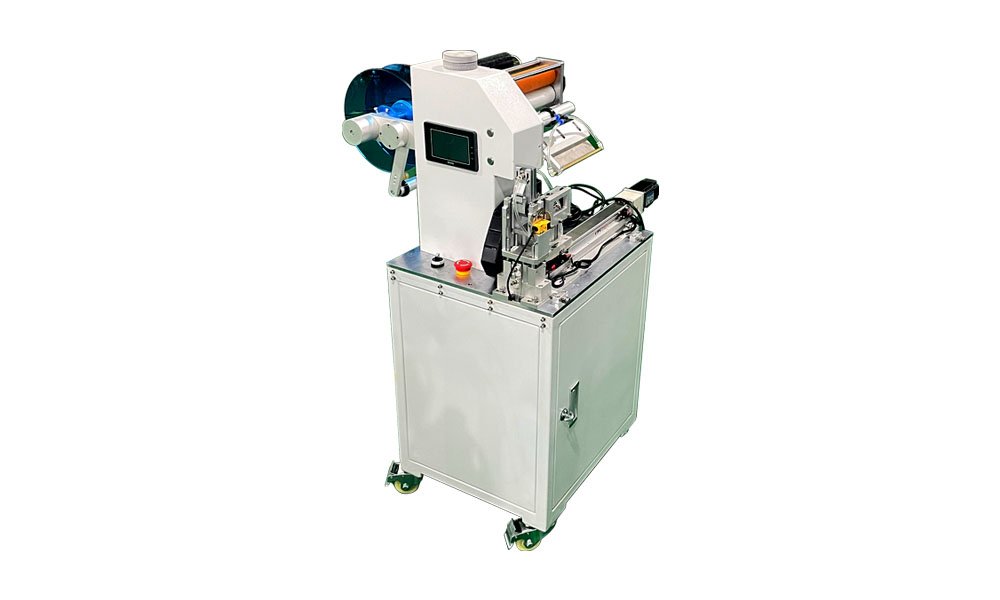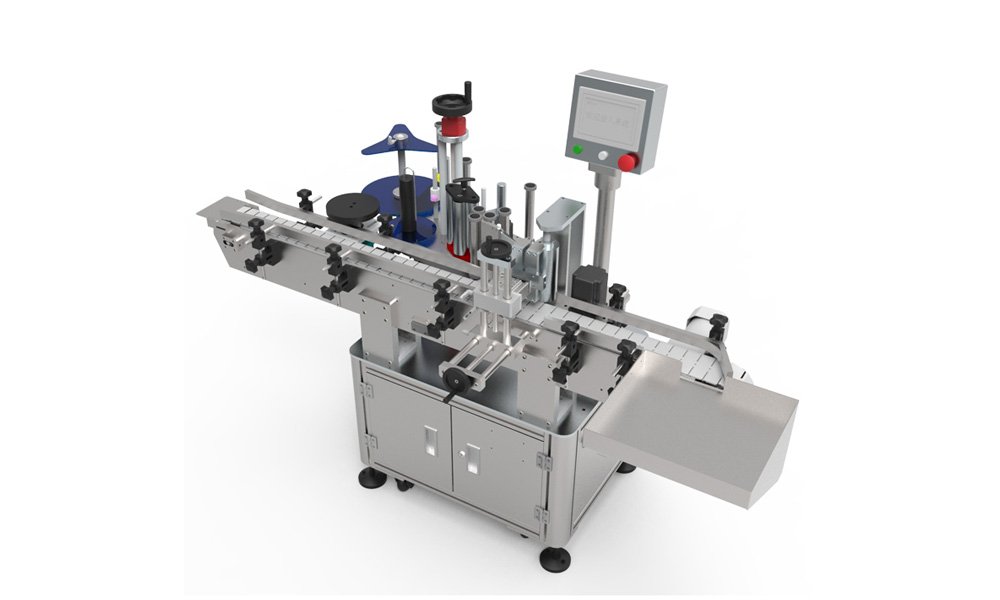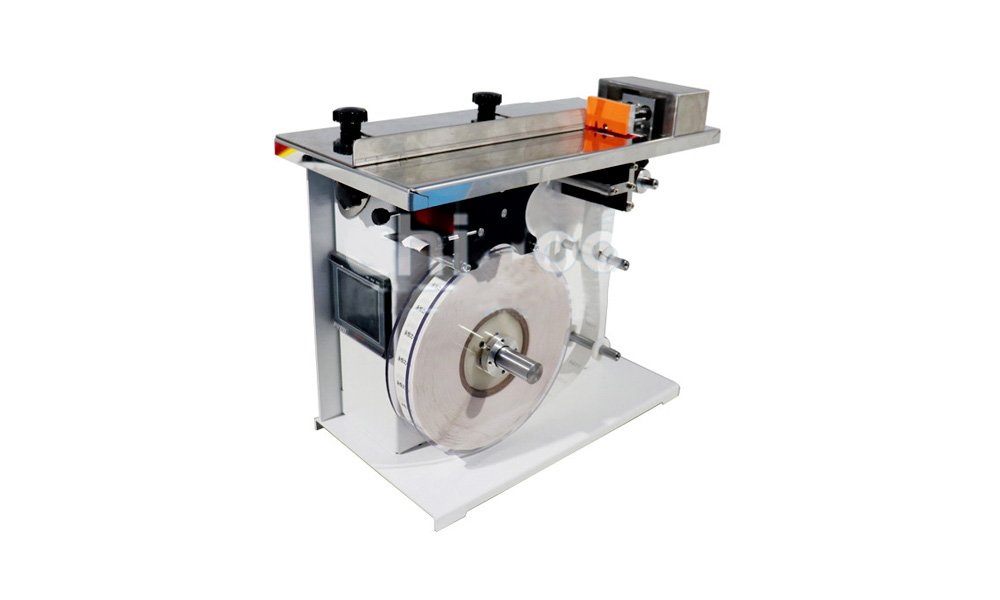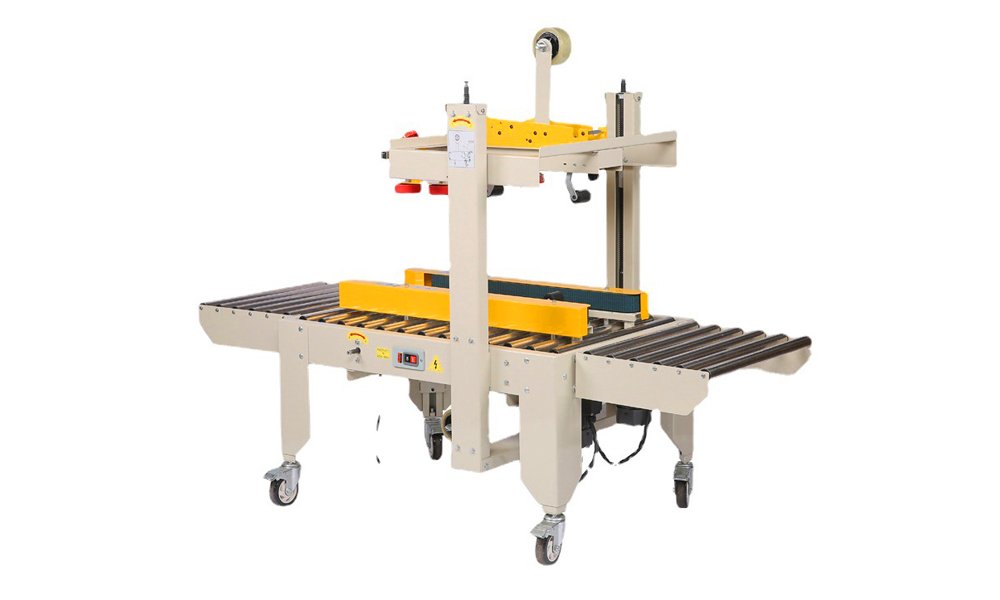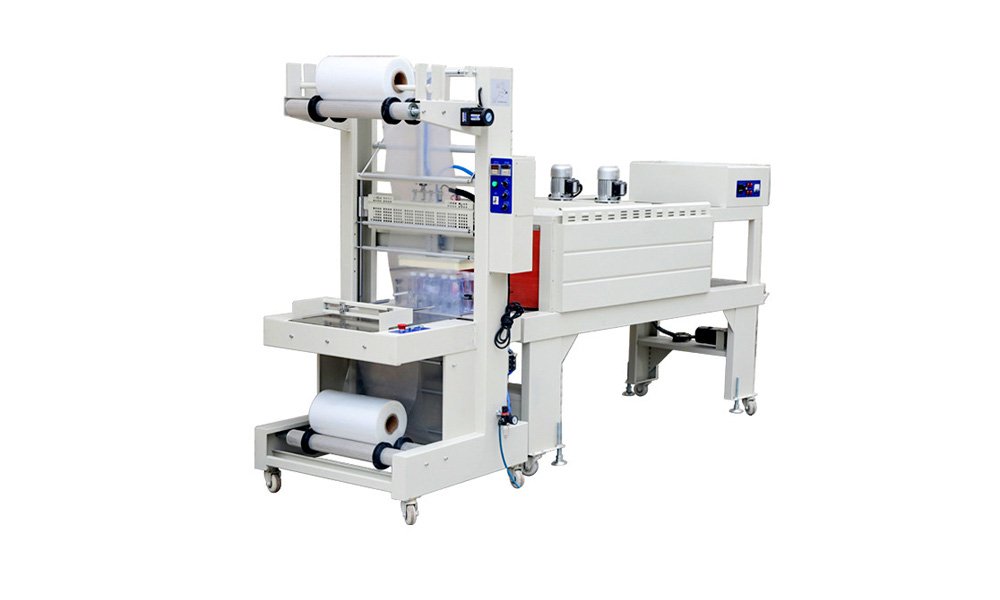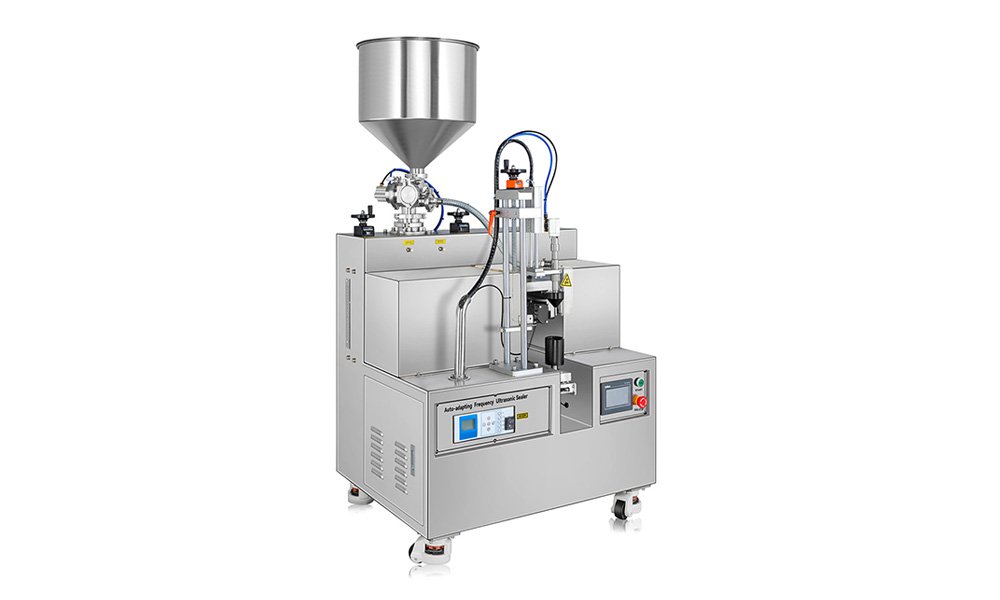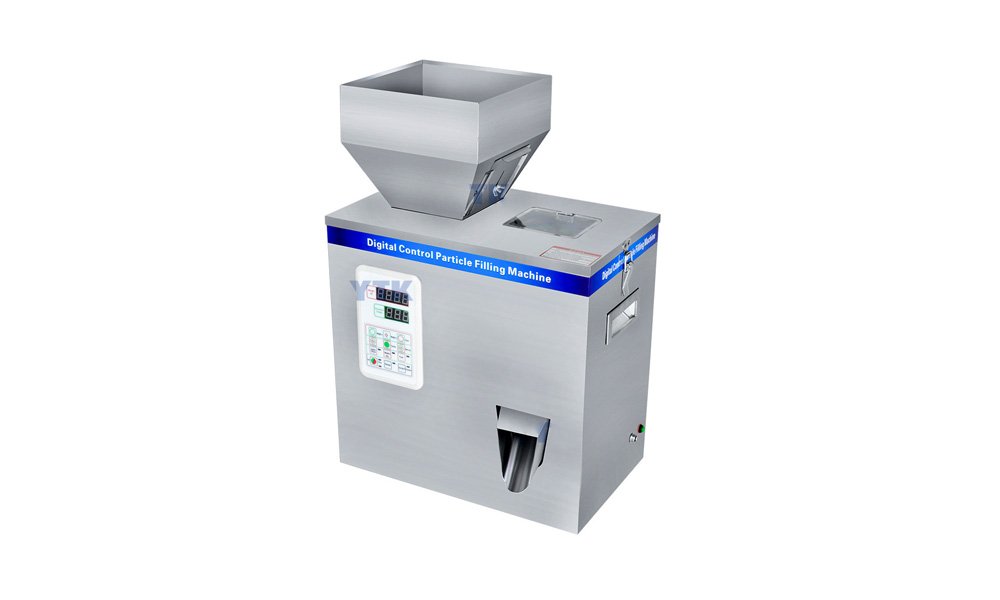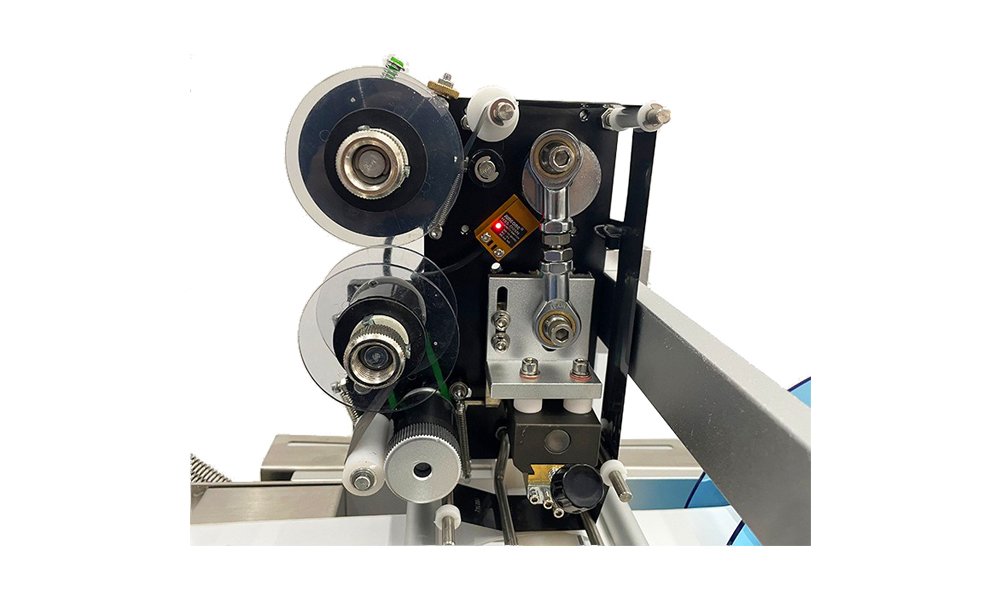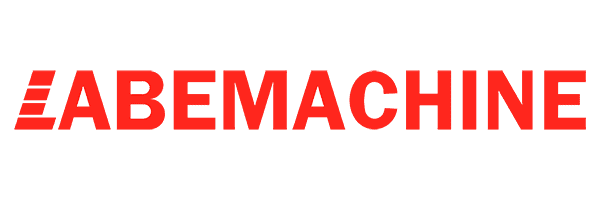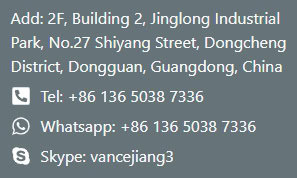It can be hard to choose the right shrink wrapping machine. If you pick the wrong one, you’ll be stuck with inefficiency and high costs. This article will help you understand the different types.
There are different types of shrink wrapping machines. We’ll talk about L-bar sealers, I-bar sealers, heat tunnels, shrink sleeves, and chamber sealers.
Let’s talk about each of these shrink wrapping machines in detail.
L-Bar Sealers
L-bar sealers are one of the most popular shrink wrapping machines. They are known for their speed and efficiency. They have an “L” shaped sealing bar that cuts and seals the film around your product in one motion.
Many times, these machines are used with a heat tunnel for high-speed, continuous operations. This makes them perfect for businesses that need to package a lot of products very quickly. They’re also very versatile, able to wrap all sorts of different products from small items to big stuff.
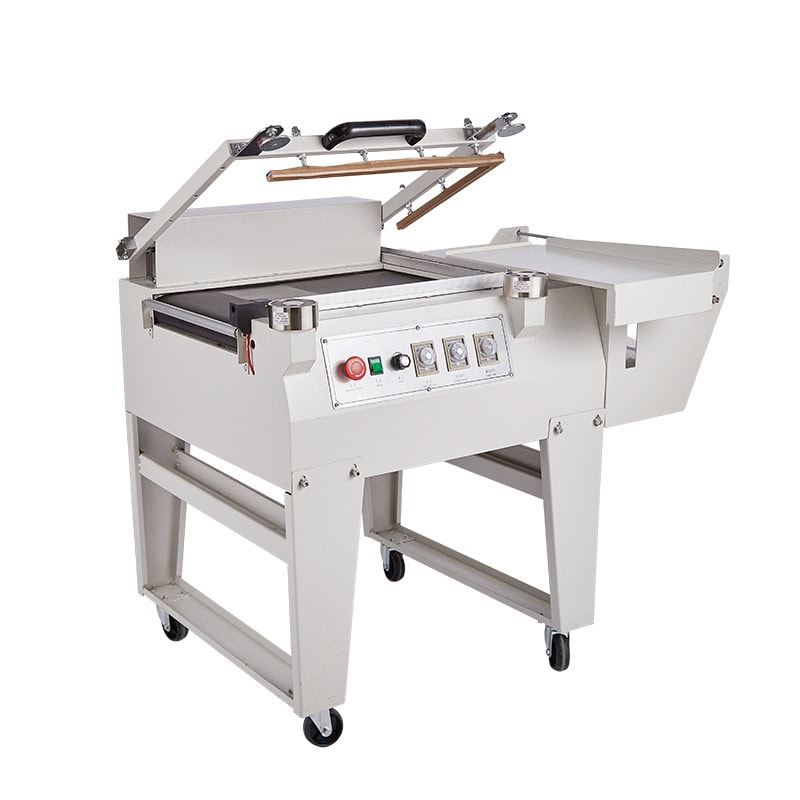
I-Bar Sealers
I-bar sealers are a simpler alternative to L-bar sealers, suited for smaller-scale operations. These machines utilize a single bar to seal and cut film and are typically used for lower-volume, slower operations.
They are popular with businesses that package fewer products but need flexibility for a wide variety of items. For small businesses or limited budgets, I-bar sealers offer an affordable entry point into shrink wrapping.
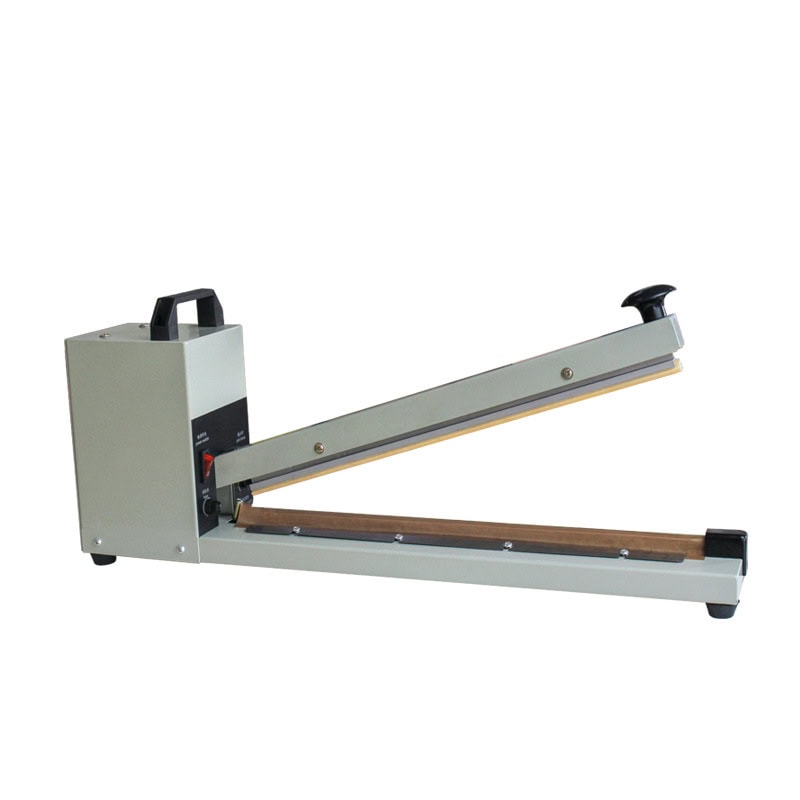
Shrink Tunnels
Shrink tunnels are machines that apply heat to shrink film tightly around a product after sealing. The product moves through the tunnel on a conveyor, ensuring consistent, even heating and shrinkage.
These machines are frequently paired with L-bar sealers and are used in high-volume environments where speed and precision are crucial. Shrink tunnels are widely used in industries like food, pharmaceuticals, and electronics.
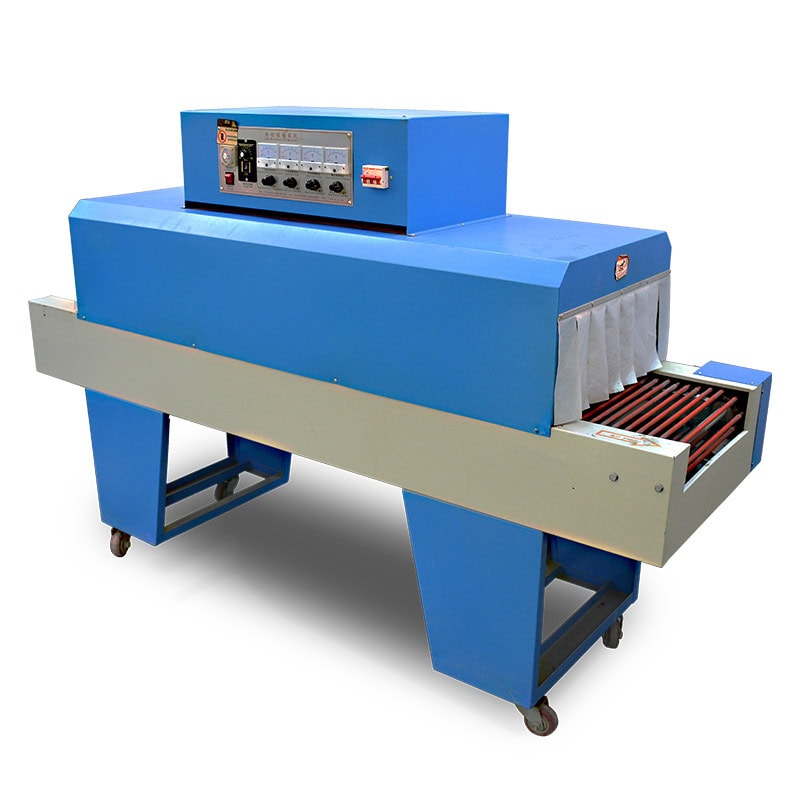
Shrink Sleeve Machines
Shrink sleeve machines apply a pre-cut sleeve of shrink film around the product. Afterward, the sleeve is shrunk using heat, conforming tightly to the product’s shape, often used for labeling purposes in industries such as beverages and cosmetics.
These machines are highly specialized and are ideal for businesses looking to wrap irregularly shaped products or containers that require 360-degree labeling.
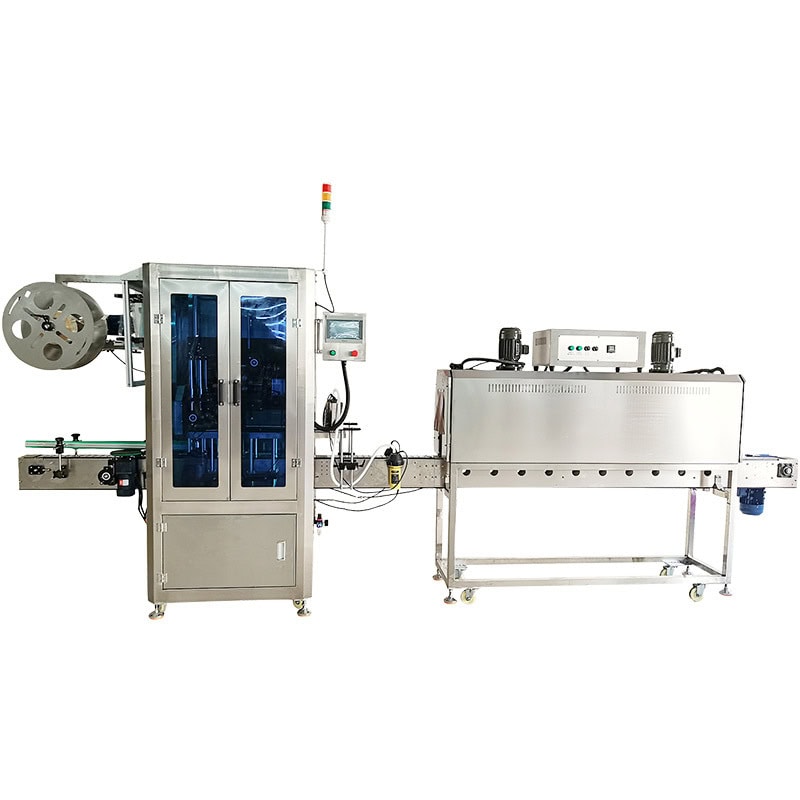
Chamber Shrink Machines
Chamber shrink machines are compact, combining sealing and shrinking processes into one step inside a chamber. Once the product is inside, the chamber heats and shrinks the film.
These machines are best suited for lower-volume packaging operations and offer an affordable solution for smaller businesses needing reliable shrink packaging without the need for separate heat tunnels or conveyors.
Manual Shrink Wrappers
Manual shrink wrapping machines are best for small-scale operations where only occasional or low-volume shrink wrapping is needed. These machines typically include a sealing element and a handheld heat gun.
Manual wrappers are ideal for businesses that need shrink wrapping for specialty items but don’t require high-speed automation.
Automatic Shrink Wrappers
Automatic shrink wrapping machines are designed for high-speed packaging lines where speed and efficiency are essential. These machines can fully automate the process of wrapping, sealing, and shrinking.
Automatic machines are ideal for large-scale operations with high packaging demands, and they can be tailored to various product sizes and shapes.
High-Speed Shrink Systems
For industries with extremely high output demands, high-speed shrink systems provide maximum efficiency. These machines integrate multiple processes, often including wrapping, sealing, and shrinking in one streamlined system.
They are typically used in food processing, beverage, and consumer goods industries where rapid throughput is crucial to meeting demand.
Polyolefin vs. PVC Shrink Wrap Machines
Polyolefin and PVC shrink wrap films are the most common choices for packaging. Polyolefin offers more flexibility, durability, and a softer shrink, making it ideal for products sensitive to pressure, while PVC is often used for products needing firmer protection and is more economical.
Businesses must choose machines based on the type of film they plan to use, as compatibility varies.
Conclusion
Choosing the right shrink wrapping machine depends on your packaging needs, volume, and product type. Each machine offers unique advantages that can help streamline packaging operations, improve efficiency, and reduce costs.
